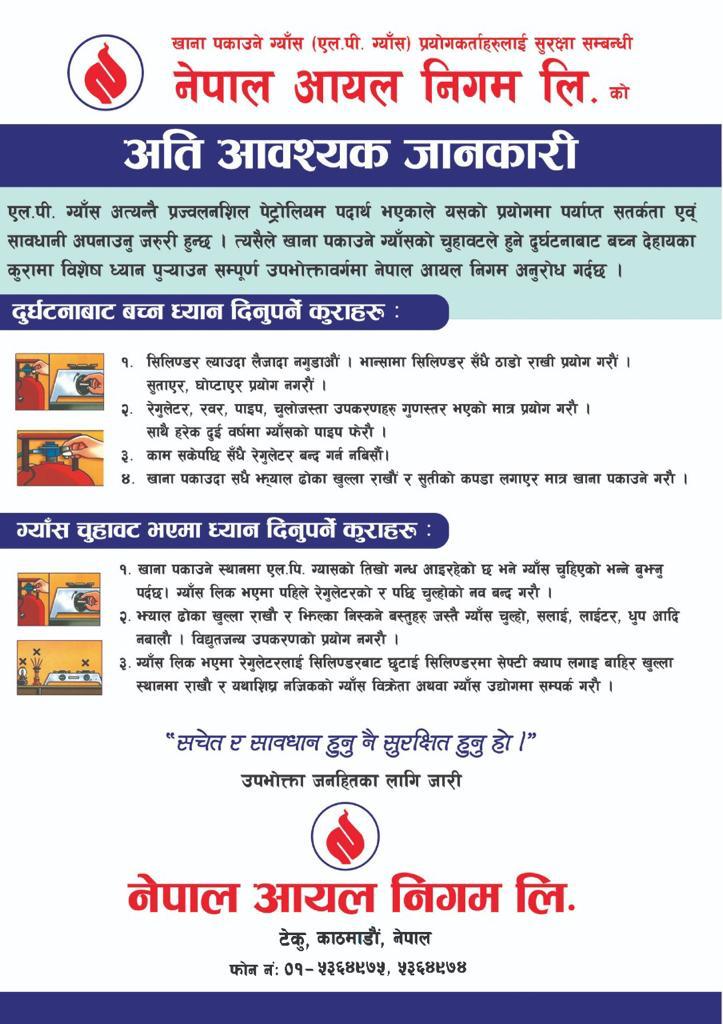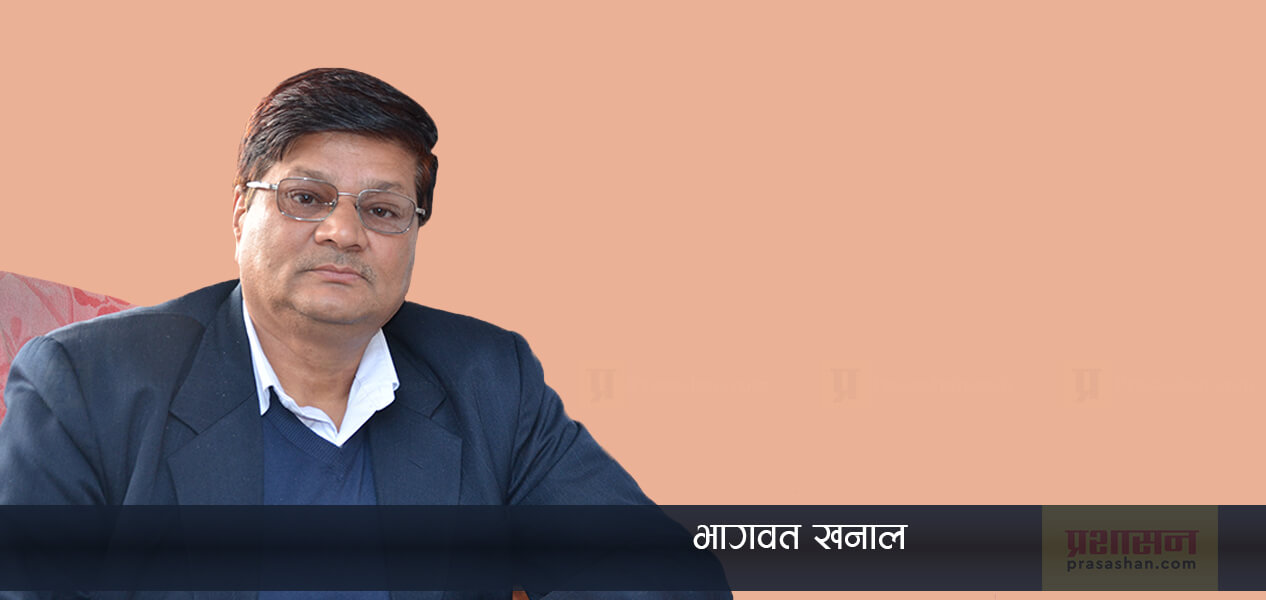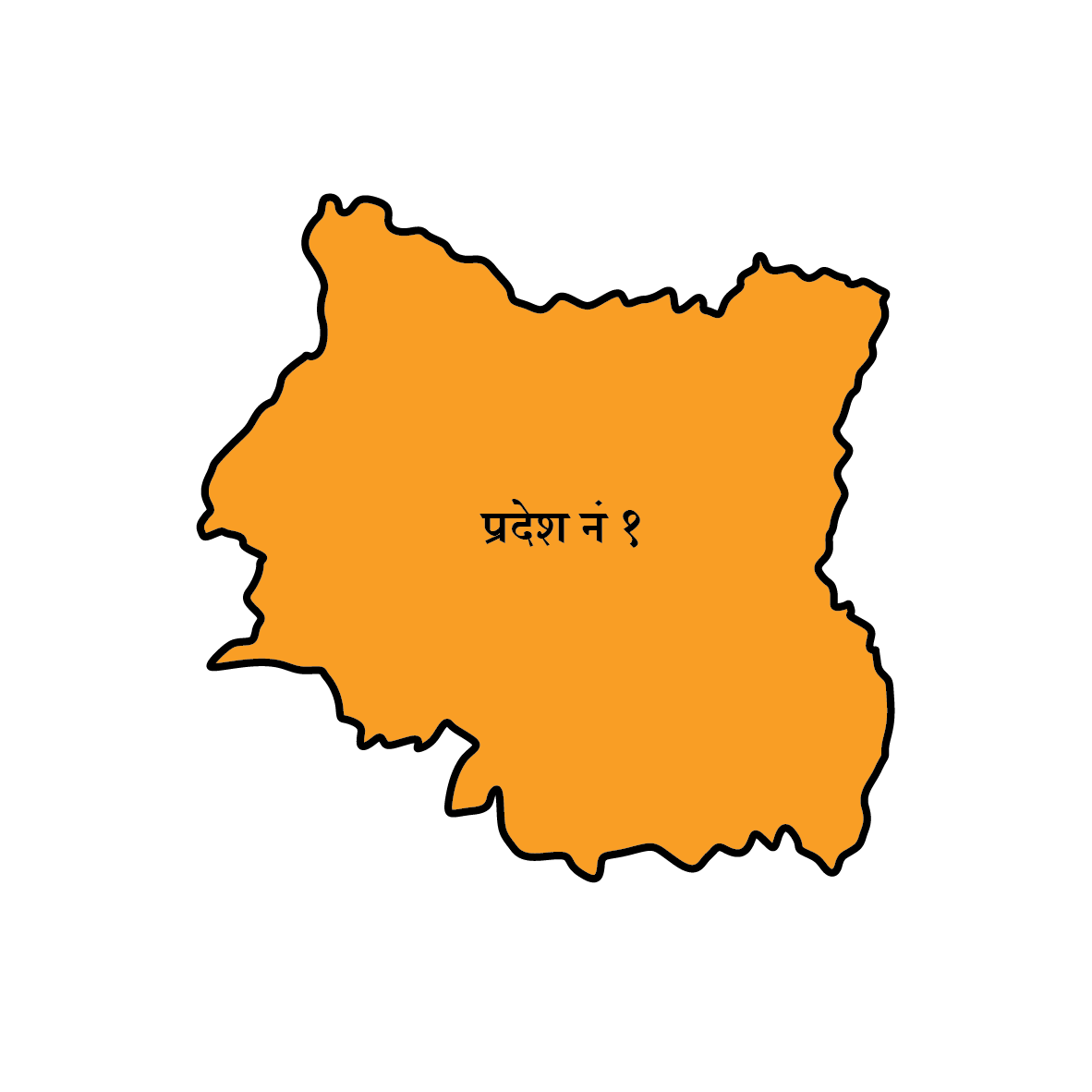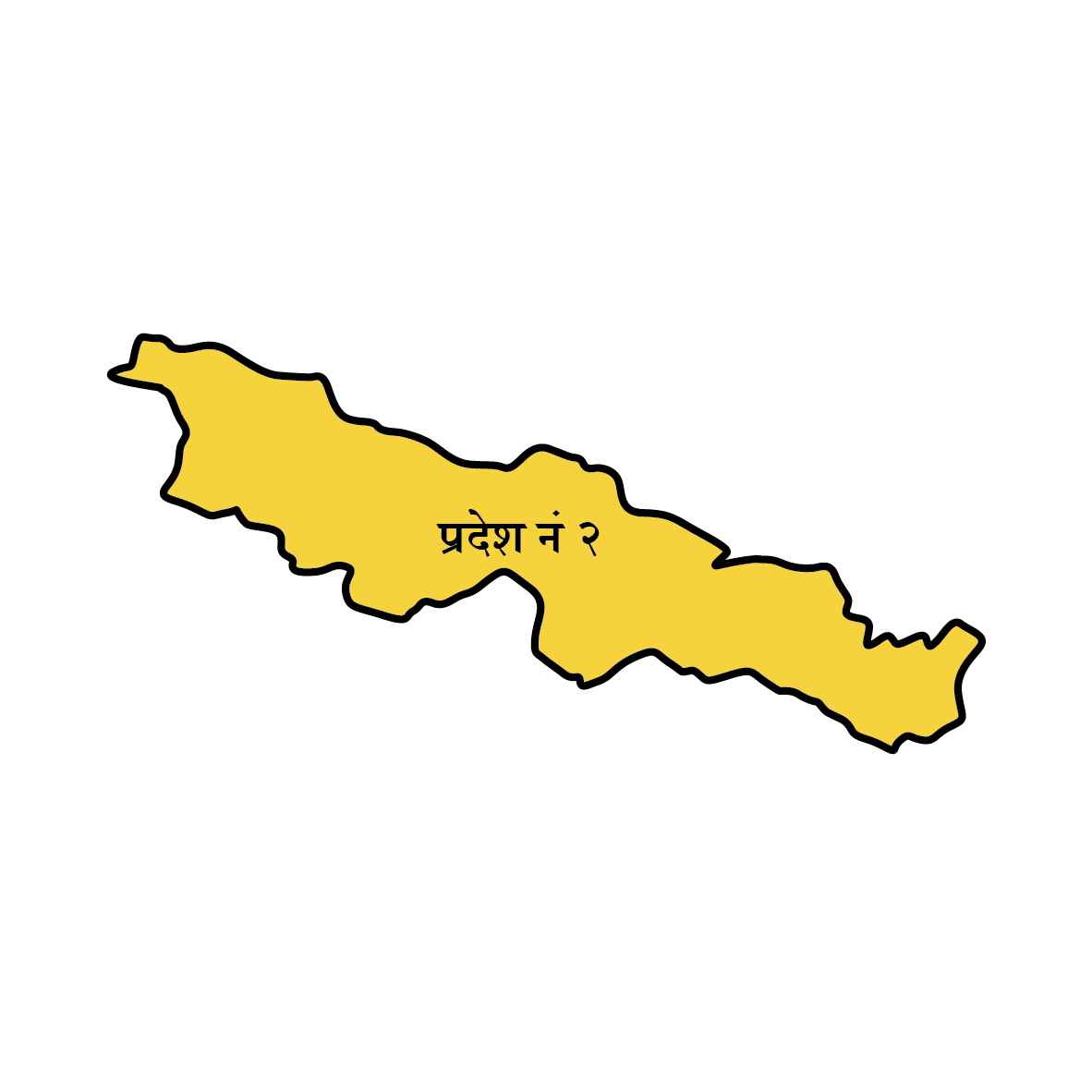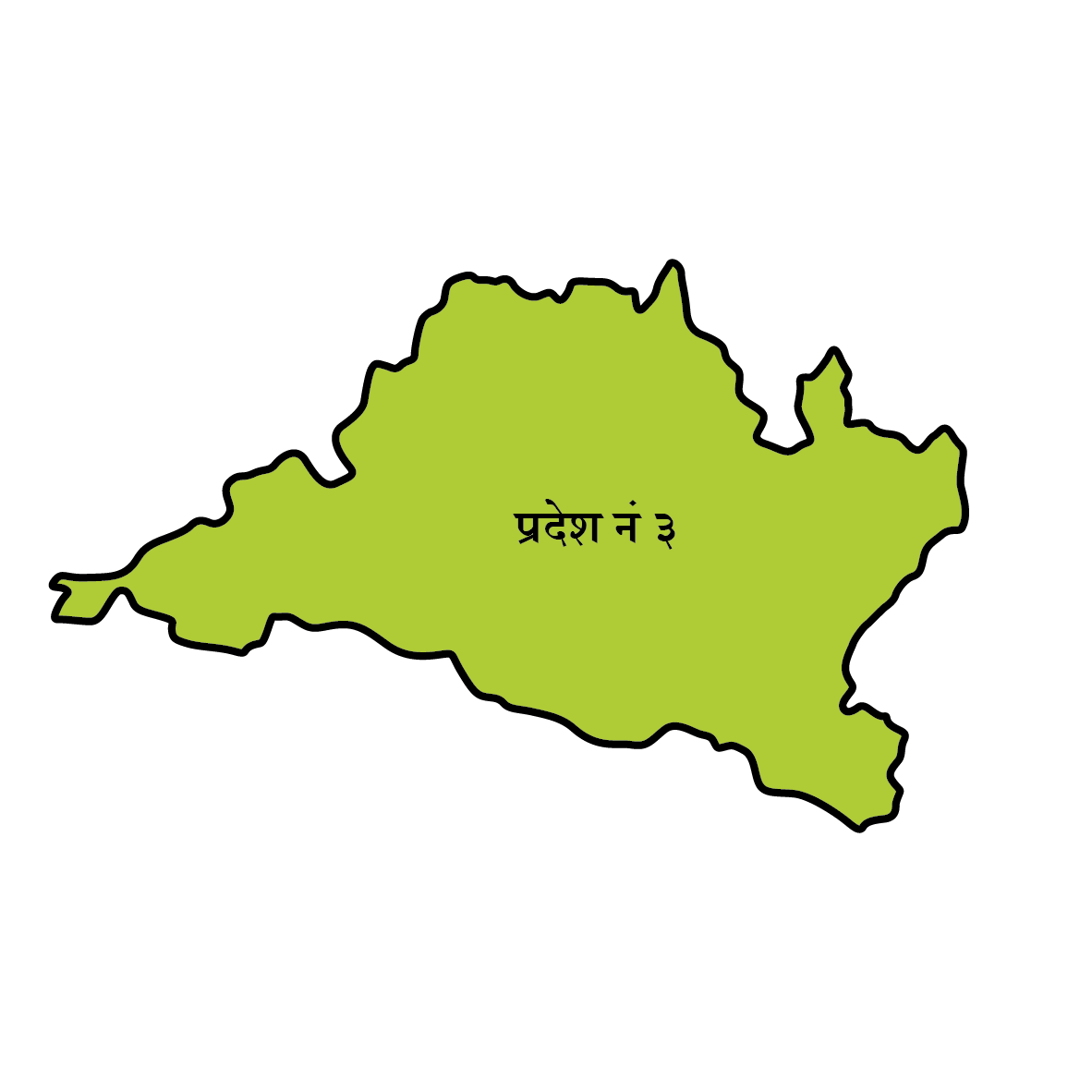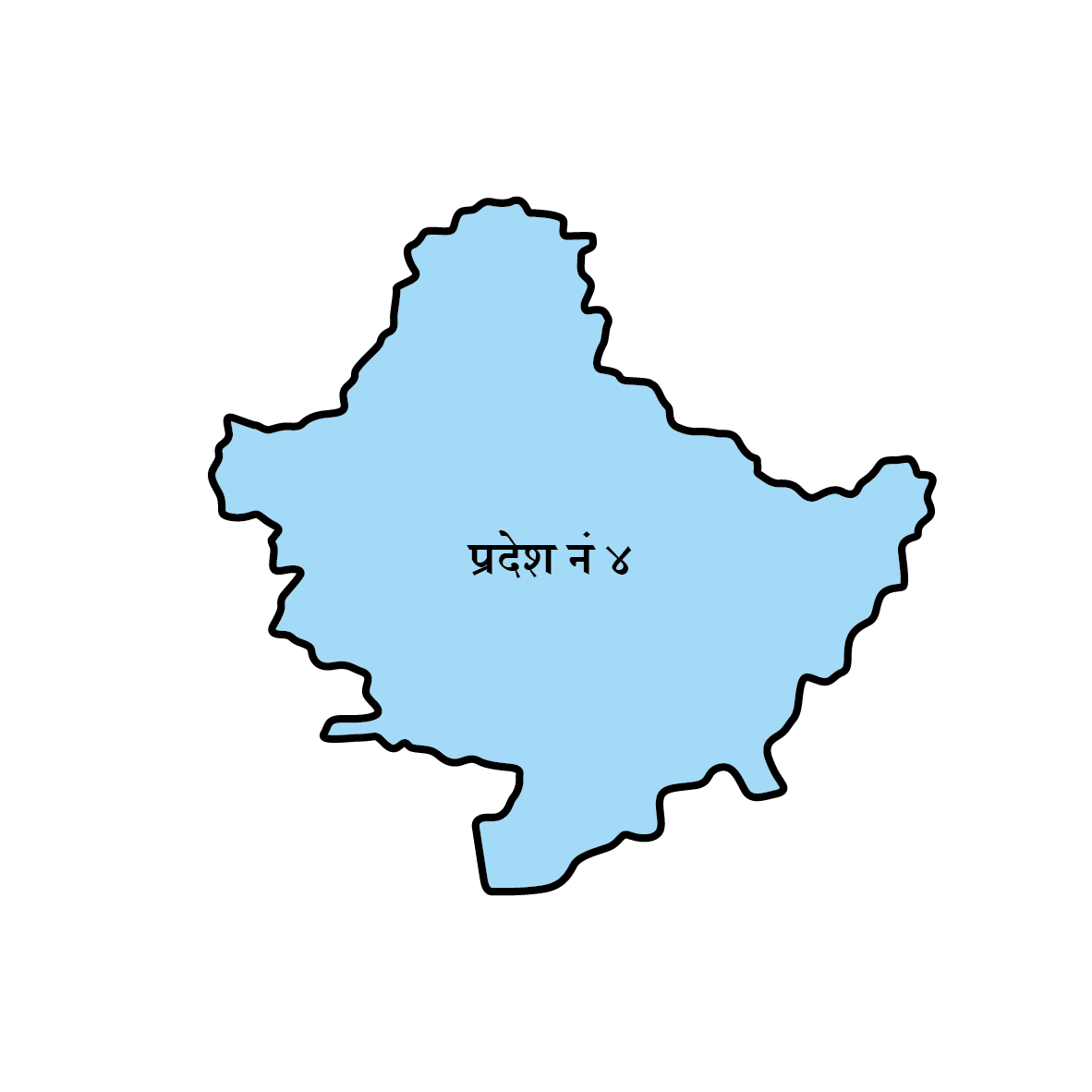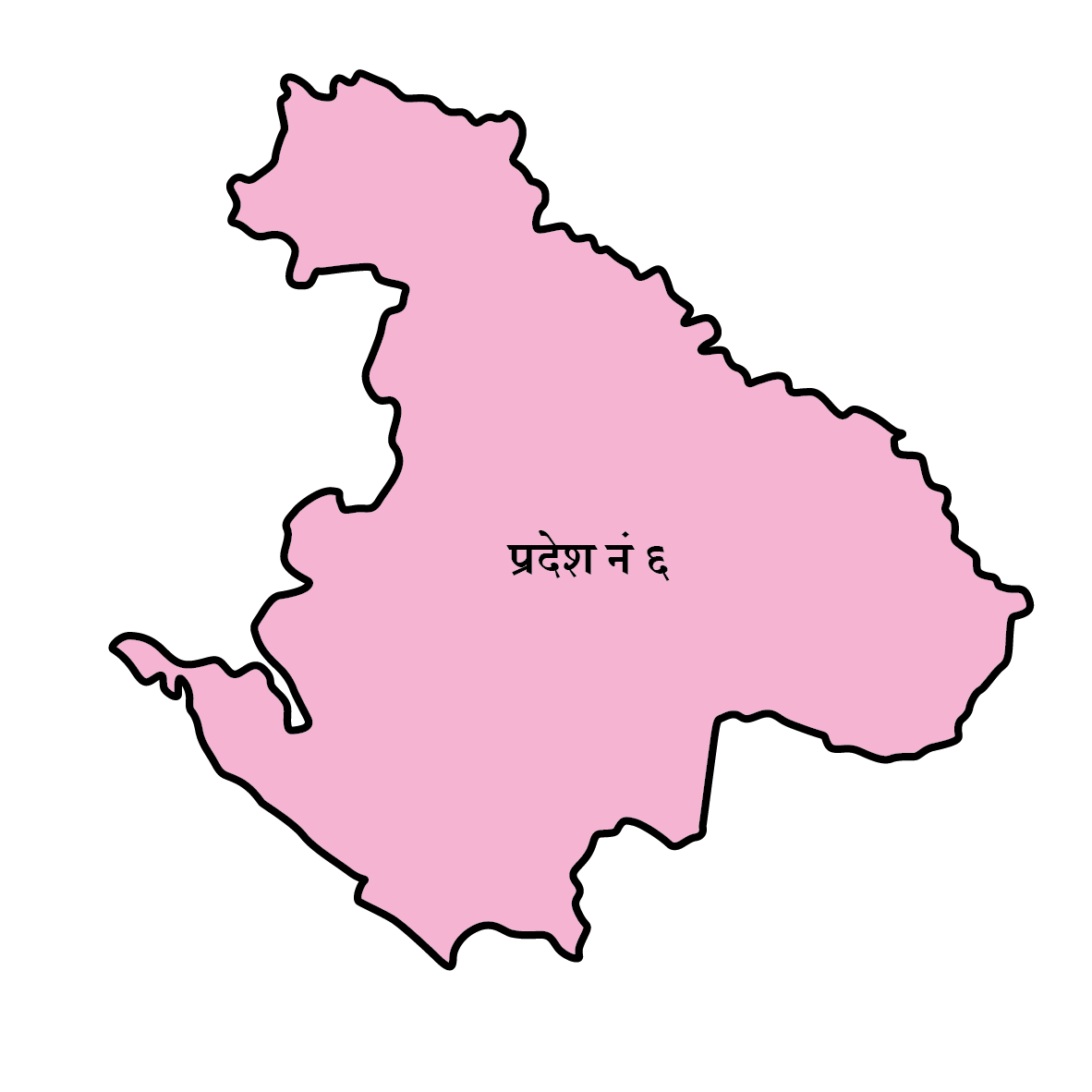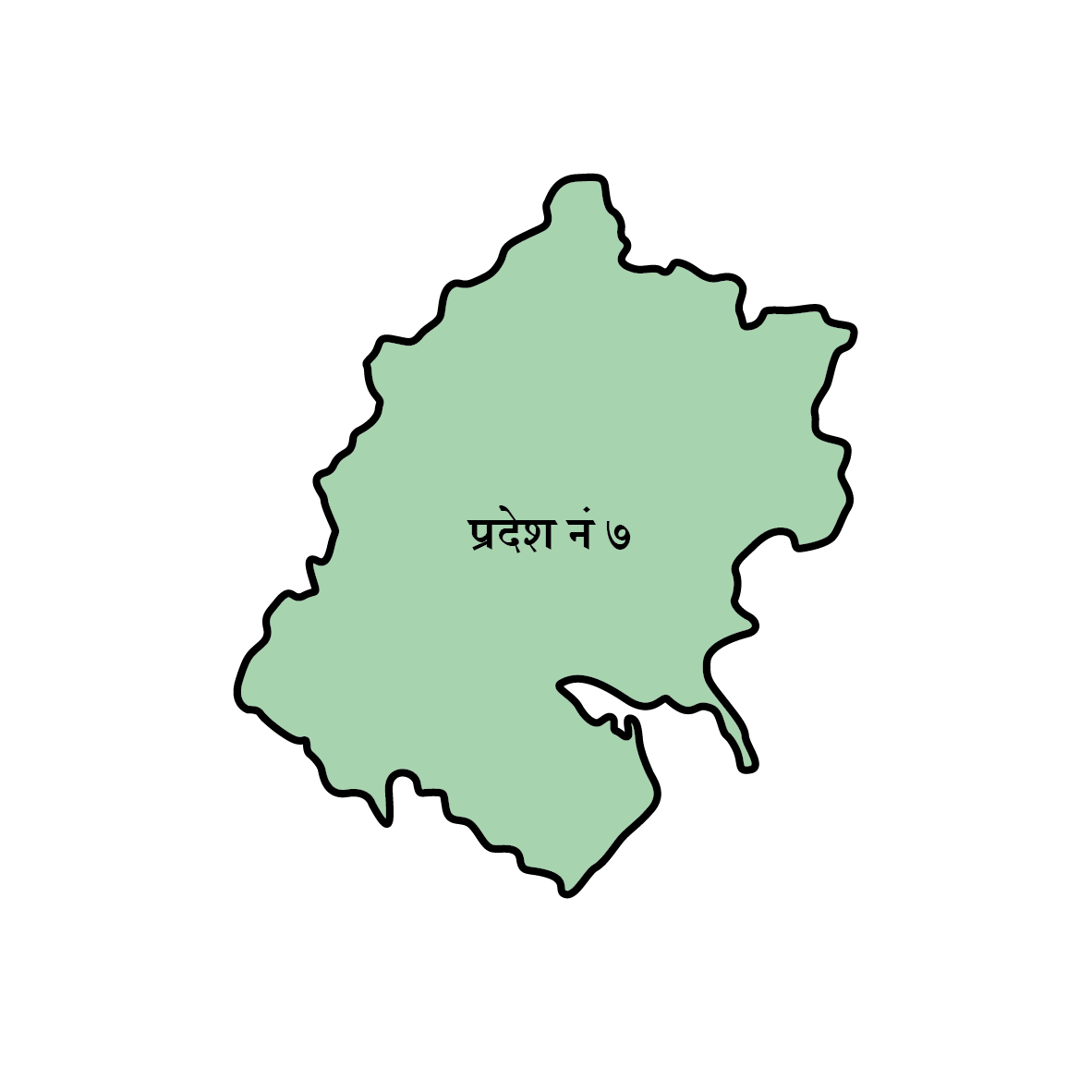Background
Can the cultivation of food occur in the absence of water, and can life subsist without the confluence of both water and food? Unarguably, the definitive response is in the negative. This response emphatically underscores the profound significance of water in sustaining both agricultural productivity and the existence of all biological entities on Earth. Reflecting on the annals of human civilization, it is unequivocally acknowledged that life on this planet has its roots in water, thus elucidating the pivotal role of water as the lifeblood of our planet. Moreover, historical evidence suggests that the flourishing of ancient civilizations, such as the Egyptians, Romans, and Indus Valley, was intrinsically linked to the judicious management of sustainable water resources, which not only enabled their survival but also fostered their prosperity. For example, the genesis of Egyptian civilization was irrevocably intertwined with the Nile River, the sustenance of the Roman civilization hinged on the Tiber River, and the vitality of the Indus Valley civilization was inextricably linked to the Indus River.
Furthermore, the enduring and rigorous scientific endeavors undertaken by technologically advanced nations in the pursuit of discovering water reservoirs on celestial bodies such as Mars and the Moon, to potentially facilitate human habitation, underscores the paramount importance of water in both the context of food production and life sustenance. When discussing the Earth, water covers the majority of the planet’s surface, accounting for approximately 71.08 percent of the total Earth’s surface. Moreover, it constitutes nearly 66 percent of the composition of the human body, playing a pivotal role in nourishing us and supporting our livelihoods. Consequently, water stands as an essential element for life on Earth, forming the bedrock of our food system. Furthermore, it holds equal significance in the pursuit of the United Nations’ 2030 agenda for sustainable development, encompassing crucial goals such as ending poverty (SDG1) eradicating hunger (SDG2), ensuring universal access to clean drinking water and sanitation (SDG6), promoting responsible consumption and production (SDG12), climate action (SDG13), safeguarding life below water (SDG14), and preserving life on land (SDG15), among all seventeen goals in general. Against this background, to underscore the pivotal role of water in the continuity of life on Earth and as the foundational bedrock of our food systems, the Food and Agriculture Organization of the United Nations, in collaboration with its member countries, is going to celebrate World Food Day this year on October 16th, featuring the resonant slogan, “Water is Life, Water is Food: Leave No One Behind.”
Water-Food Nexus in Global Context:
The 1948 Universal Declaration of Human Rights affirmed the right to adequate food. Similarly, the UN General Assembly declared access to clean drinking water and sanitation a human right on July 28, 2010. In line with this provision, the former secretary of the United Nations, Ban-Kin Moon, once said, “”Over the coming decades, feeding a growing global population and ensuring food and nutrition security for all will depend on increasing food production. This, in turn, means ensuring the sustainable use of our most critical finite source, water”. This also highlights the importance of water for food security and draws the attention of the international community to protect and safeguard water resources wisely and sustainably.
The planet we inhabit, often referred to as “the planet of water,” faces mounting challenges in ensuring continuous access to this vital resource. These challenges stem from pressing global issues such as climate change, deforestation, haphazard development initiatives, unmanaged and unscientific urbanization, excessive exploitation of natural resources for economic purposes, and unsustainable global development patterns. According to the State of Food and Agriculture Report (SOFA) from the Food and Agriculture Organization of the United Nations (2020), 3.2 billion people live in agricultural areas with high to very high-water shortages or scarcity, of whom 1.2 billion people—roughly one-sixth of the world’s population—live in severely water-constrained agricultural areas. Many of these areas are found in developing countries, with serious implications for food security. These challenges have been exacerbated by climate change, which has led to drought and less predictable access to water for agriculture and food production in many parts of the world.
Integrated Water Resource Management (IWRM), established in 1971, endeavors to heighten awareness of global water security issues through educational initiatives, research, and the exchange of information among nations. IWRM acknowledges the intrinsic link between water and food, recognizing that these resources are inseparable. Understanding the intricate relationship between water and food empowers nations to formulate effective sustainable development strategies and policies grounded in accurate, systemic data, thereby minimizing the risks arising from the imprudent utilization of Earth’s available resources. As water resource shortages intensify, agricultural productivity inevitably faces challenges, leading to food scarcity and endangering human life. This scenario vividly illustrates the profound interdependence of water, food and life.
Water Food Nexus in Nepalese Context:
Nepal promulgated the constitution through the Constituent Assembly in 2015, which recognized food security, access to safe water, and a clean environment as fundamental rights of every citizen. Furthermore, it upholds food security by outlining policies that aim to satisfy the basic needs of citizens, including sustainable production, storage, security, and efficient distribution of food, while promoting climate- and soil-appropriate agricultural practices in line with the concept of food sovereignty. More importantly, the constitution of Nepal also places a significant focus on the multi-purpose development of water resources under policies related to the protection, promotion, and utilization of natural resources. Despite constitutional guarantees, as of now, only 95% of people have been able to access drinking water, and the achievement of fundamental food security for all is not as substantial as expected (Concept Paper of the 16th Five-Year Periodic Plan).
More notably, a significant proportion of farming activities in Nepal rely heavily on monsoon rains, with merely 20% of farms enjoying continuous access to year-round irrigation. According to the IMF Country Report (2023, No. 23/159), Nepal is highly vulnerable to climate shocks and climate change. Furthermore, the average temperature in Nepal in the last decade has been over 0.6 degrees higher than the baseline of 1950–1980. Due to this reason, the monsoon has become increasingly unpredictable, affecting the agricultural productivity of Nepal. The World Bank identifies key obstacles to increasing agricultural productivity in Nepal, including the limited availability of irrigation (only 28% of the total agricultural land, or 4.21 million hectares, is irrigated), insufficient access to quality seeds and fertilizers, pest-related challenges, and the absence of advisory services and marketing opportunities. Addressing these challenges, particularly through the effective management of Nepal’s irrigation systems, holds the potential to significantly enhance agricultural productivity in the country. This also explicitly suggests the intricate relationship between water and food in the Nepalese context.
Challenges and Efforts
It has been widely accepted that sustainable and equitable water management is essential to food systems, to achieving food and nutrition security, and to ending hunger. As we know, food security is assessed by four measurements: availability, access, utilization, and stability, and it is directly affected by a water shortage. According to the State of Food and Agriculture Report (SOFA) from the Food and Agriculture Organization of the United Nations (2020), agriculture accounts for about 70 percent of water withdrawals worldwide, but about 90 percent in low- and lower-middle-income countries. However, the increasing scarcity of freshwater and growing competition, particularly in arid and semi-arid regions, is a sharp constraint on agricultural production. The whole world has been facing several challenges in terms of food insecurity due to water scarcity. The major challenges include climate change, population growth, and water contamination. Firstly, climate change has the potential to jeopardize the food security of millions, as climate-related shocks disrupt lives, damage crops, and disrupt livelihoods, ultimately impairing individuals’ access to both food and water resources. Secondly, the increase in global population and urbanization has heightened the demand for fresh water. Several countries characterized by substantial and expanding populations, such as China, South Africa, and India, as well as certain U.S. states, have encountered water crises and droughts in recent times. Finally, contamination of water is responsible for the deaths of millions of people every year as well as damaging crops. To cope with these challenges, various efforts have been conducted under the stewardship of the United Nations, including sustainable development goals.
Nepal proudly boasts the status of being the second-largest country in terms of water resources, featuring numerous rivers, lakes, and streams; however, it has mainly utilized medium and small rivers for different uses such as drinking water, irrigation, and hydropower. The larger and perennial Himalayan rivers, except for a few run-of-the-river schemes, have been virtually left untapped. For example, rivers such as Koshi, Karnali, and Gandaki, which possess abundant water resources, remain underutilized for irrigation purposes. Nepal has been facing several challenges in the context of water resource development and management, which is the foundation of our food security. The major challenge is the variable water availability, which means too much during the monsoon season when over 80% of precipitation occurs. Water scarcity is high during the remaining eight months, leading to water stress and droughts. Secondly, the availability of water has been declining in Nepal continuously due to an increase in population, urbanization, or increasing evapotranspiration from farm fields due to climate change, which has created an imbalance in demand and supply. Thirdly, deforestation in the name of development practices has also contributed to degraded water quality. Fourthly, an investigation done by the Department of Hydrology and Meteorology in 2017 on Observed Climate Trend Analysis in the Districts and Physiographic Zones of Nepal (1971–2014) indicates that Nepal has experienced a 2.5-degree Celsius increase in maximum temperature in the last four and a half decades. This study explicitly suggests that the future will be much warmer, leading to a range of impacts such as extreme weather events, water-related hazards, water scarcity, and declining food production. Finally, the constitution of Nepal has mandated three types of government roles and responsibilities regarding water management by ensuring single and common rights for water resources, irrigation, and water supply; however, the government has not focused on these issues as compared to other political issues.
To cope with these challenges as well as to guarantee constitutional rights, the government of Nepal has been actively developing comprehensive national policies and strategies about water management, irrigation development, WASH (Water, Sanitation, and Hygiene), climate change adaptation, resilience building, as well as fostering research and innovation in line with global agreements such as the Sustainable Development Goals (SDGs), the Paris Climate Accords, and the Sendai Framework. Moreover, several projects under the Ministry of Water Supply have been carried out. These projects include an urban water supply and sanitation (sector) project, an integrated water supply and sewerage management project, a co-finance water supply and sanitation project, a climate-resilient larger water supply project, a central water supply project, a sustainable water supply for all (SUSWA), a water service extension and rehabilitation program, a water quality improvement program, and a water sector construction and treatment program. These projects are crucial to ensuring access to water for all and achieving sustainable development goals. Similarly, several irrigation projects, including the National Pride Project under the Ministry of Energy, Water Resources, and Irrigation and the Ministry of Agriculture and Livestock Development, have been carried out through a community-driven process targeted at the poor, women, and other disadvantaged groups.
Conclusion and Recommendation:
In conclusion, it is unarguably acknowledged that water is an essential element for all life and also an indispensable element for food security. Therefore, it is important to promote multi-stakeholder dialogue (MSD) platforms and knowledge forums to connect governments, private sector actors, water user associations, research institutions, academia, and development partners to discuss challenges and opportunities for scaling good practices and technological innovations on water resources management to design targeted and workable solutions against projected water scarcity and food insecurity in the upcoming days.
Recommendation:
The United Nations Food Systems Summit 2021 (New York) has published a new food system summit brief that outlines several solutions to jointly improve food system outcomes and water security. These include i) strengthening efforts to preserve water-based ecosystems and their functions; ii) improving agricultural water management for better diets for all; iii) reducing water and food losses beyond the farm gate; and iv) coordinating water with nutrition and health interventions. V) increase the environmental sustainability of food systems. vi) address social inequities in water-nutrition linkages vii) improve data quality and monitoring for water-food system linkages, drawing on innovations in information and communications technology (ICT). In addition to these solutions, the following action should be carried out to achieve sustainable water management, which, in turn, will help to achieve food security and a better life. These include: i) developing appropriate water resource policies, institutional arrangements, financial systems, and legal and regulatory frameworks to facilitate integrated water resource management; ii) Prevent physical alterations resulting from changes in land use or hydrological disruptions within watersheds that pose risks to human safety, natural ecosystems, and property; iii) Implement measures to protect against biological and ecological degradation in aquatic ecosystems and work towards the restoration of degraded ecosystems; iv) reduce the release of pollutants into surface waters and address issues related to water contamination and excessive groundwater consumption; v) ensure equitable and safe access to water supplies for various purposes, including domestic, municipal, industrial, agricultural, and hydropower uses; vi) Mitigate health risks associated with waterborne diseases, water contamination, and potential threats; vii) Implement measures to prevent physical modifications within watersheds that could lead to risks for humans, natural systems, and property; and viii) Encourage a holistic, watershed-based approach to evaluating all water resource issues. This approach should be participatory, democratic, equitable, and consider socioeconomic factors.
A section officer at Federal Parliament of Nepal, Mr. Aryal is currently pursuing his Post-graduate in Public Management at International University of Japan (IUJ).







